In October 2019, I planned and facilitated a research workshop based on a condensed version of the Stoneturner activity I’d learned while on exchange in Denmark the previous semester. My goal was to establish a foundation of knowledge for my thesis through uncovering, patterning, and discussing the tangible signals of memory and identity in the context of local places. Principally, this was an investigation of what it means to “exist in place,” to connect oneself inextricably to the musealized world of artifacts and places that surround us.
STONETURNER METHOD
The Stoneturner method is a variation of cultural probing developed by Barnabas Wetton and Rikke Hansen at Designskolen Kolding. It is a research tool intended for cultivating a heightened awareness for the myriad signals of identities embedded in our everyday environments which are often overlooked or taken for granted. It is important to understand that it emphasizes process over outcome. The act of combing a place for signals, followed by a discussion of patterns, is itself the primary outcome of the workshop.

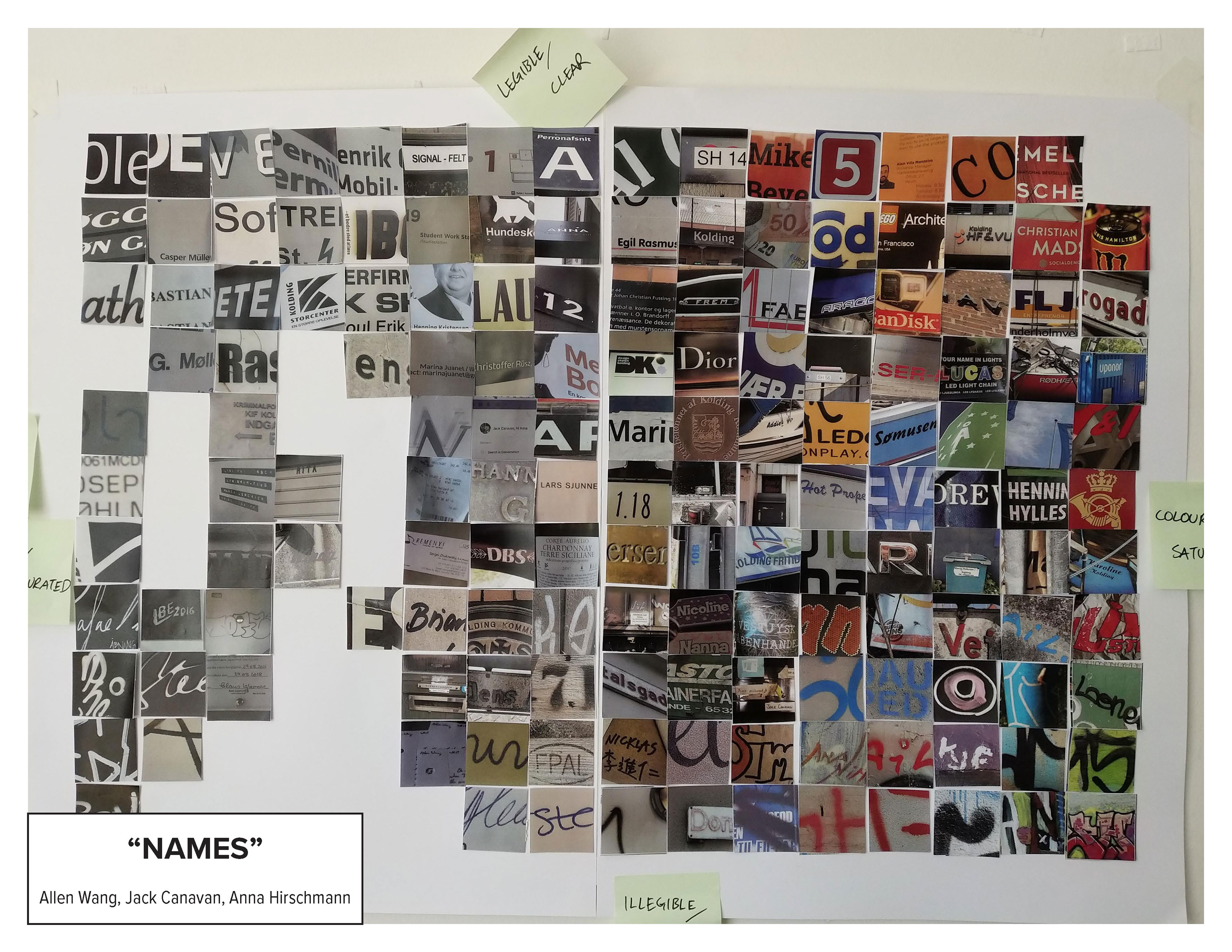

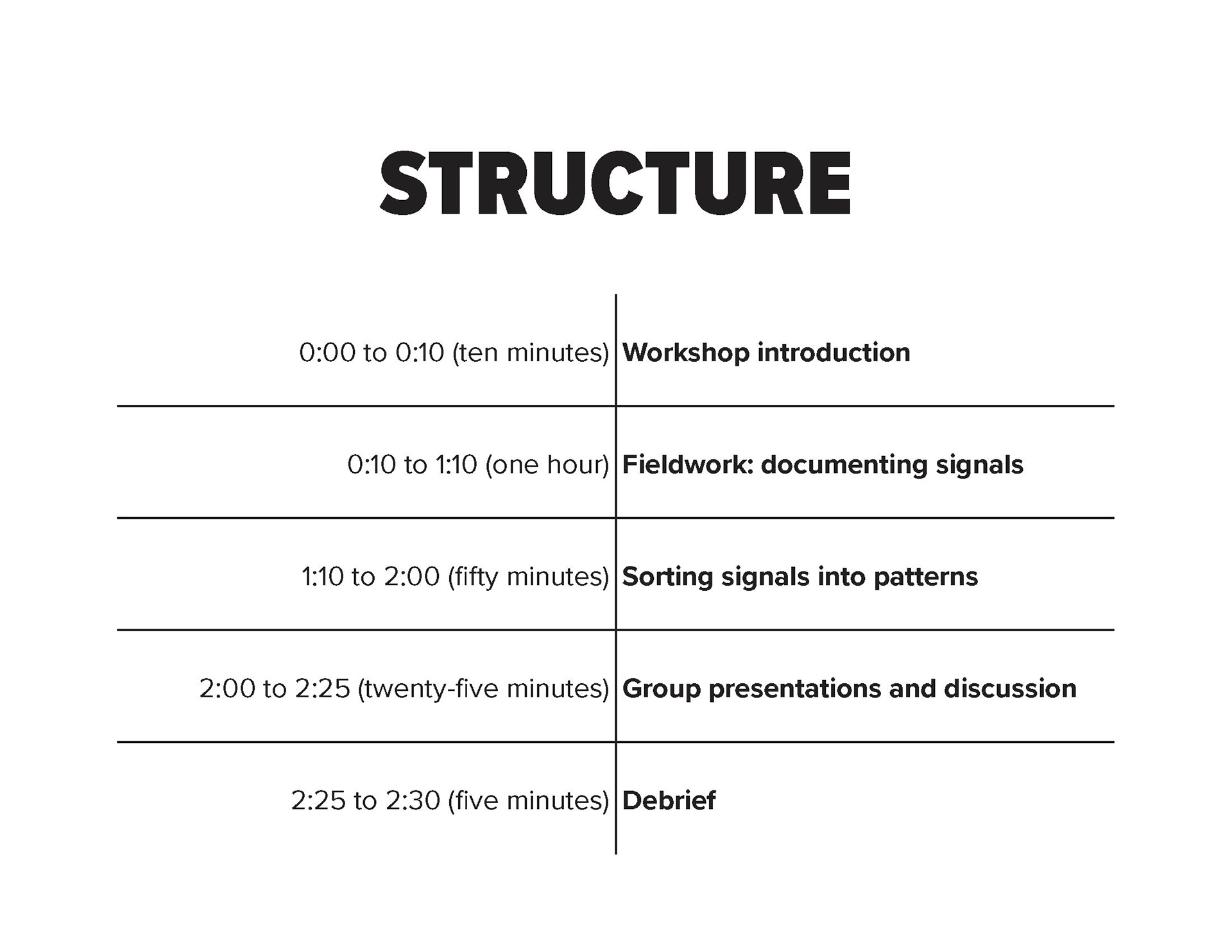

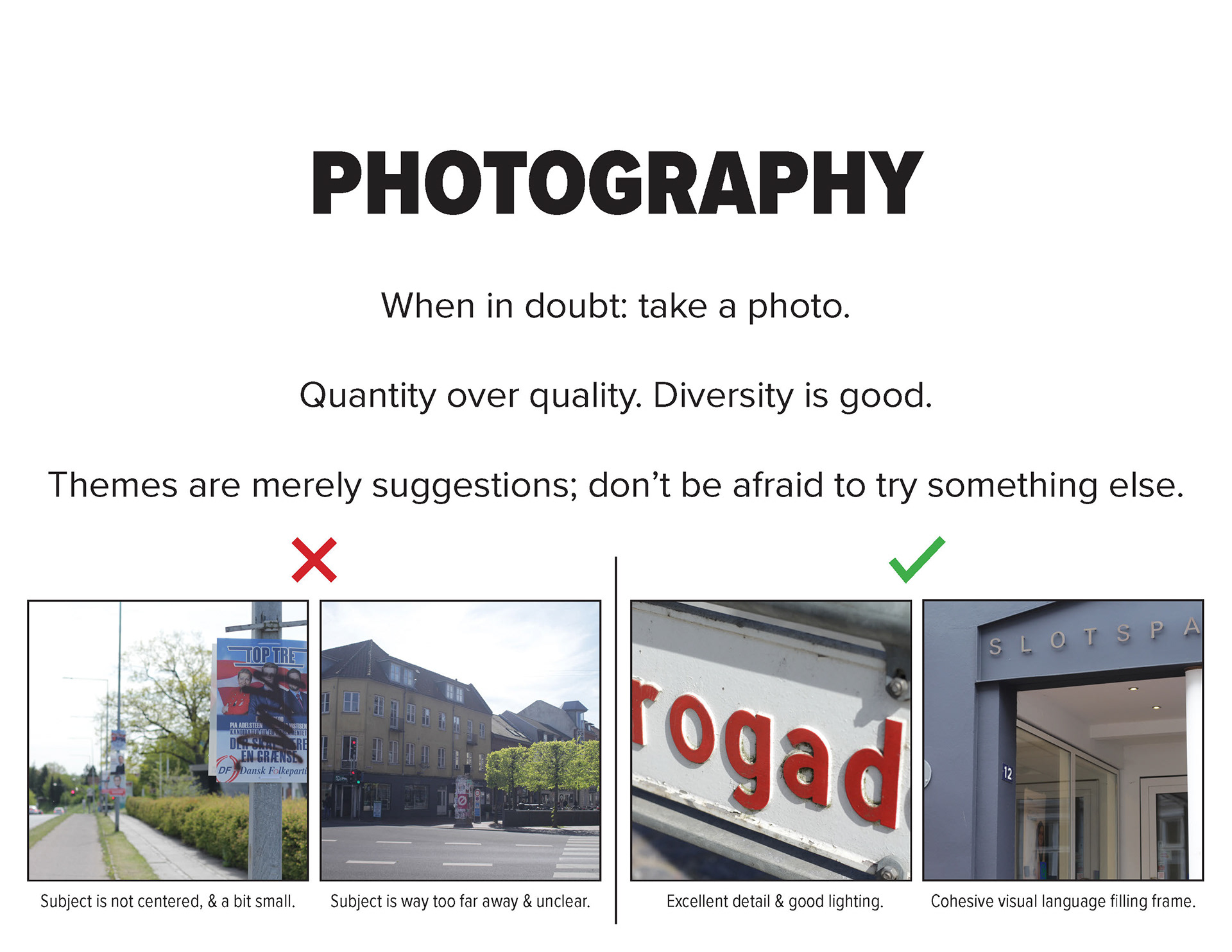



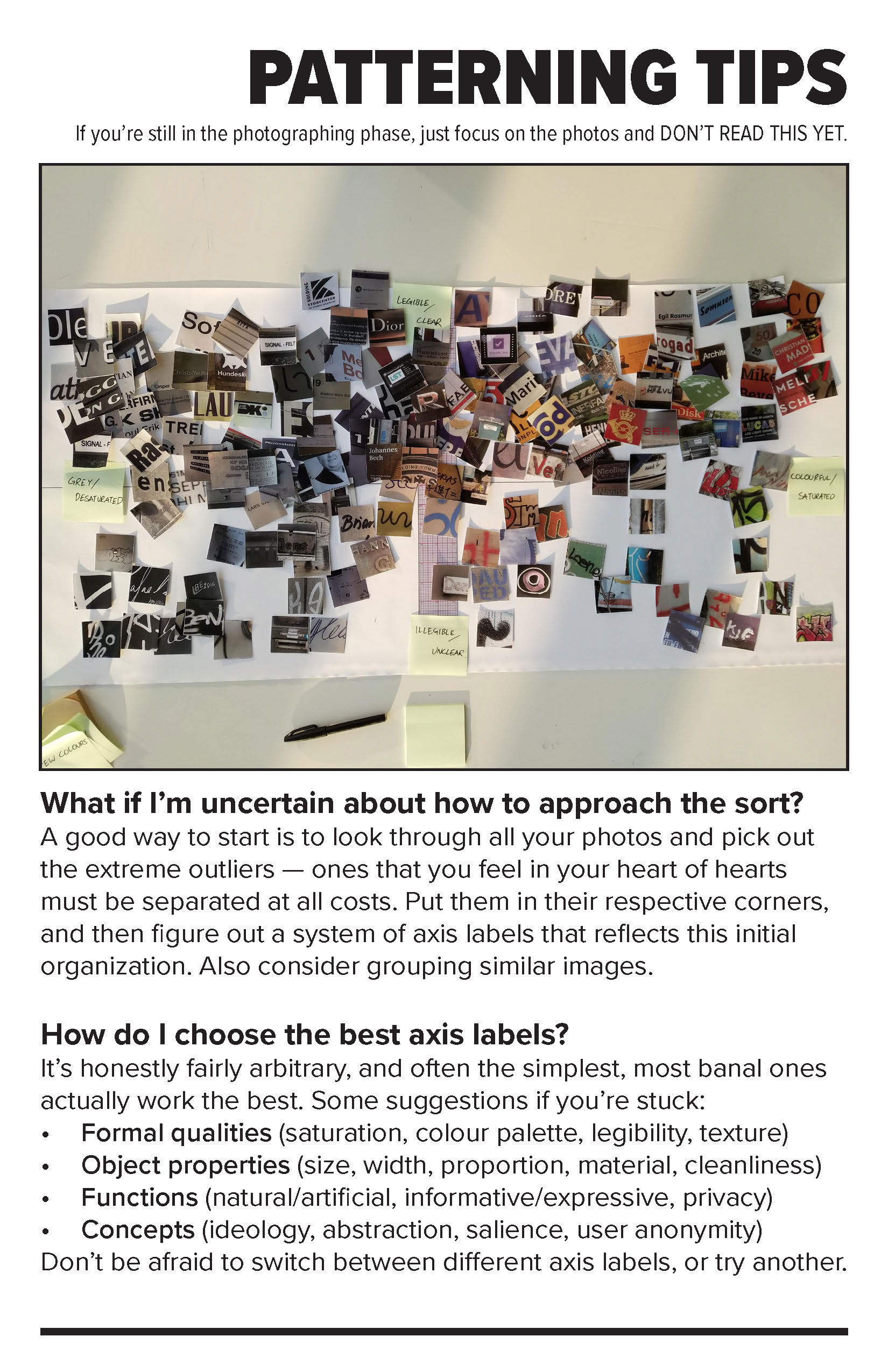
Adapted for the 2.5-hour format of this workshop, I implemented this three-stage process in my lesson plan:
Step 1: Signals (1 hour)—Pick a theme (“memory and identity”), go outside in pairs, and photograph every instance of that theme you can find.
Step 2: Patterns (1 hour)—Arrange your photos on a two-axis positional diagram (like a collage), according to organizational criteria of your choice.
Step 3: Discussion (30 minutes)—Present and discuss your outcome and observations as a group. What things were you looking out for? What did you unexpectedly come across? What did you and your partner discuss during the fieldwork?
PREPARATION
I purchased cardstock, scissors, and glue sticks in advance. To save time during the workshop, I made a printing template in InDesign to drag photos into. I prepared a slide deck to help me explain the schedule and activity (with previous exemplars from Denmark to explain what I was looking for). I also printed a booklet for guiding participants during the fieldwork phase of the workshop, especially on how to compose good photos (something I wish I had when I was doing my own Stoneturners in Denmark).
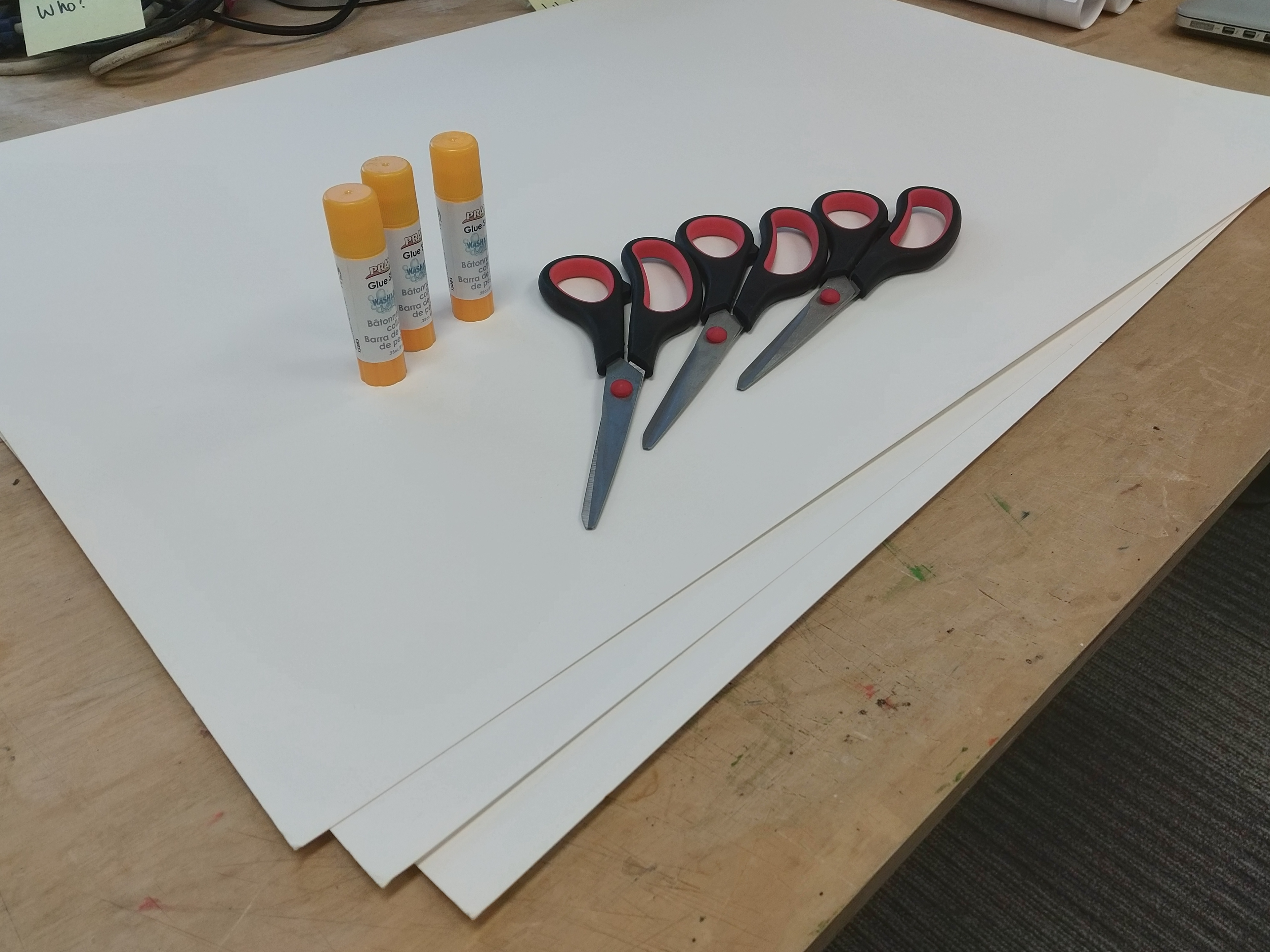

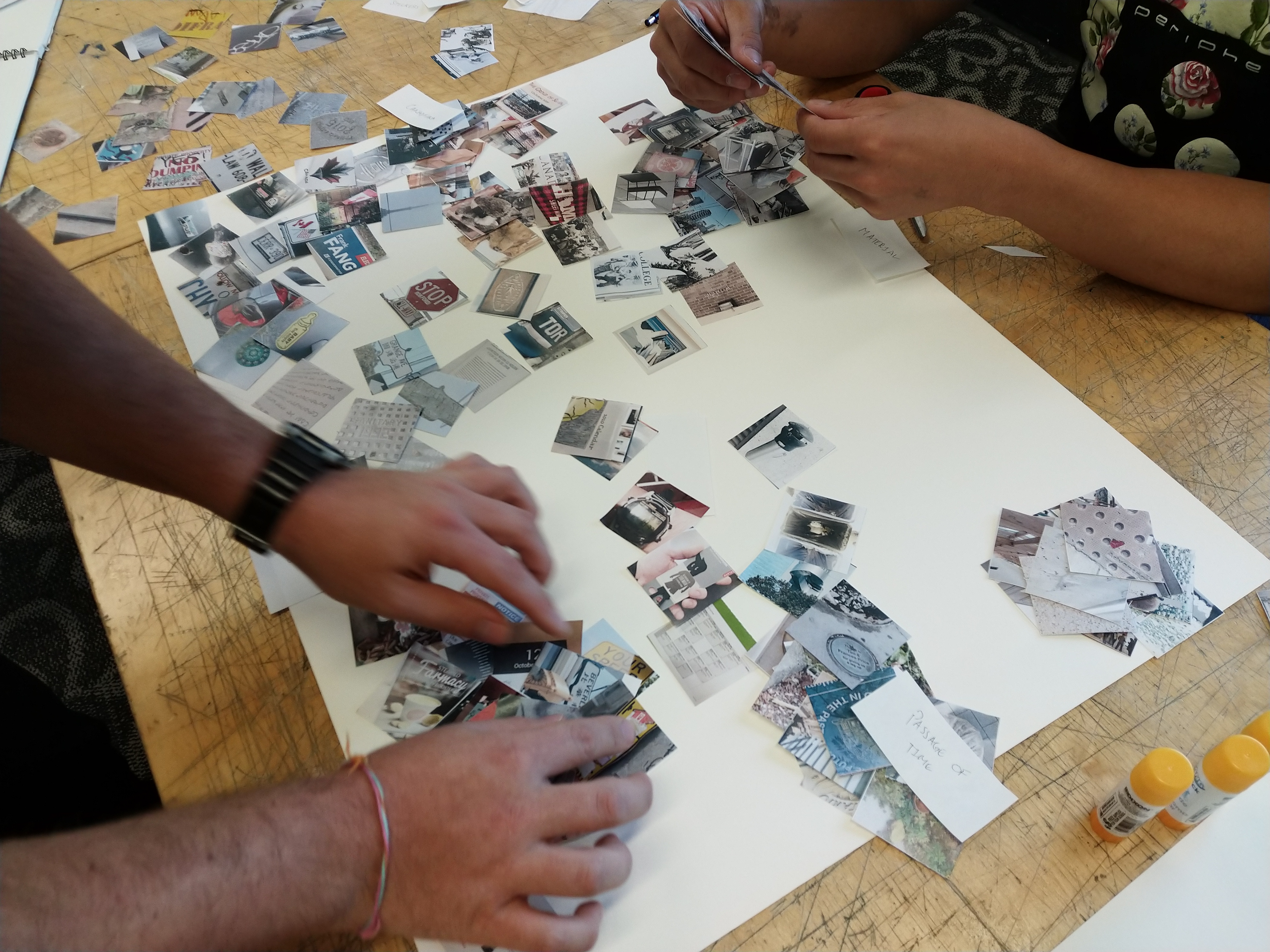
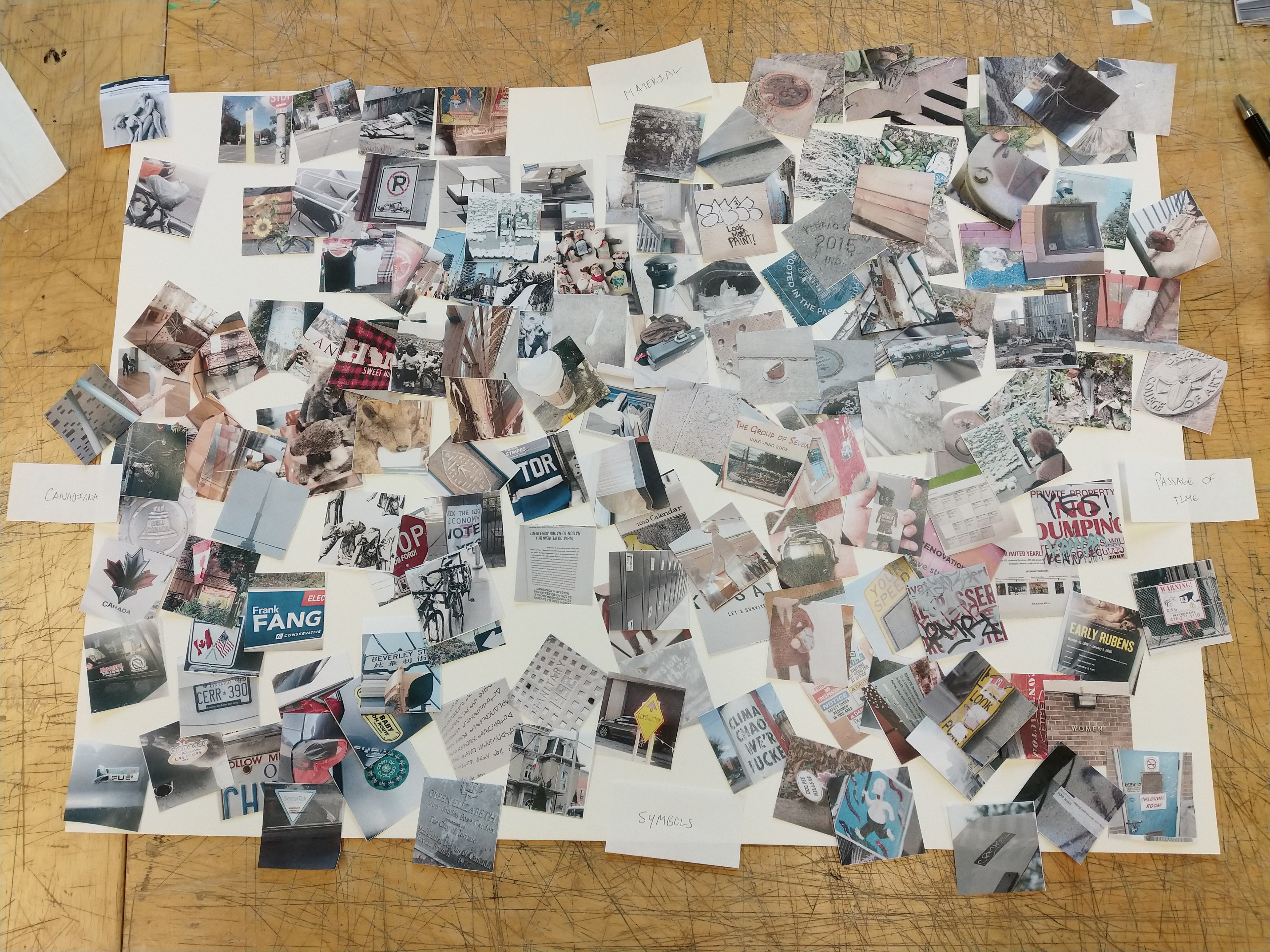


OUTCOME
The workshop went ahead with four students including myself, in two pairs of two, which was slightly underwhelming but sufficient for the activity. We took a total of 274 photos during the fieldwork. Although printing issues prevented the workshop from proceeding entirely as planned within the allotted time, all the necessary materials had been prepared so that I was able to wrap things up afterwards on my own. All in all, the workshop was a positive outcome.
FEEDBACK
One of the participants stated that their favourite part of the workshop was going outside. Indeed, the weather was gorgeous (I don’t know what I would’ve done had it been raining) and it made for some nice lighting in photos too. Another participant found the Stoneturner fieldwork (parsing the local environment for signals) very compelling and potentially useful towards their own thesis project.